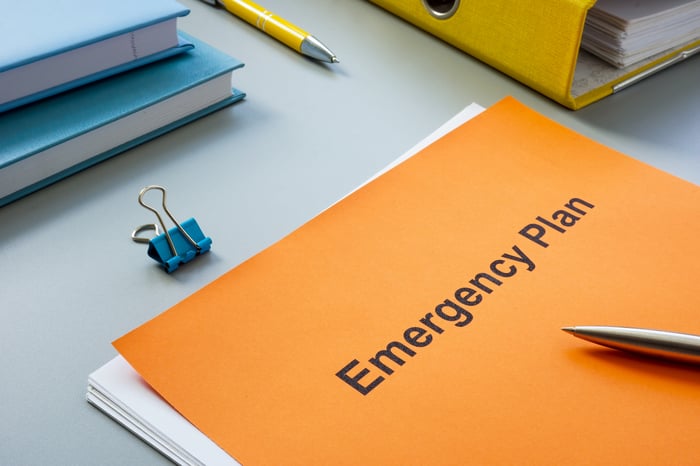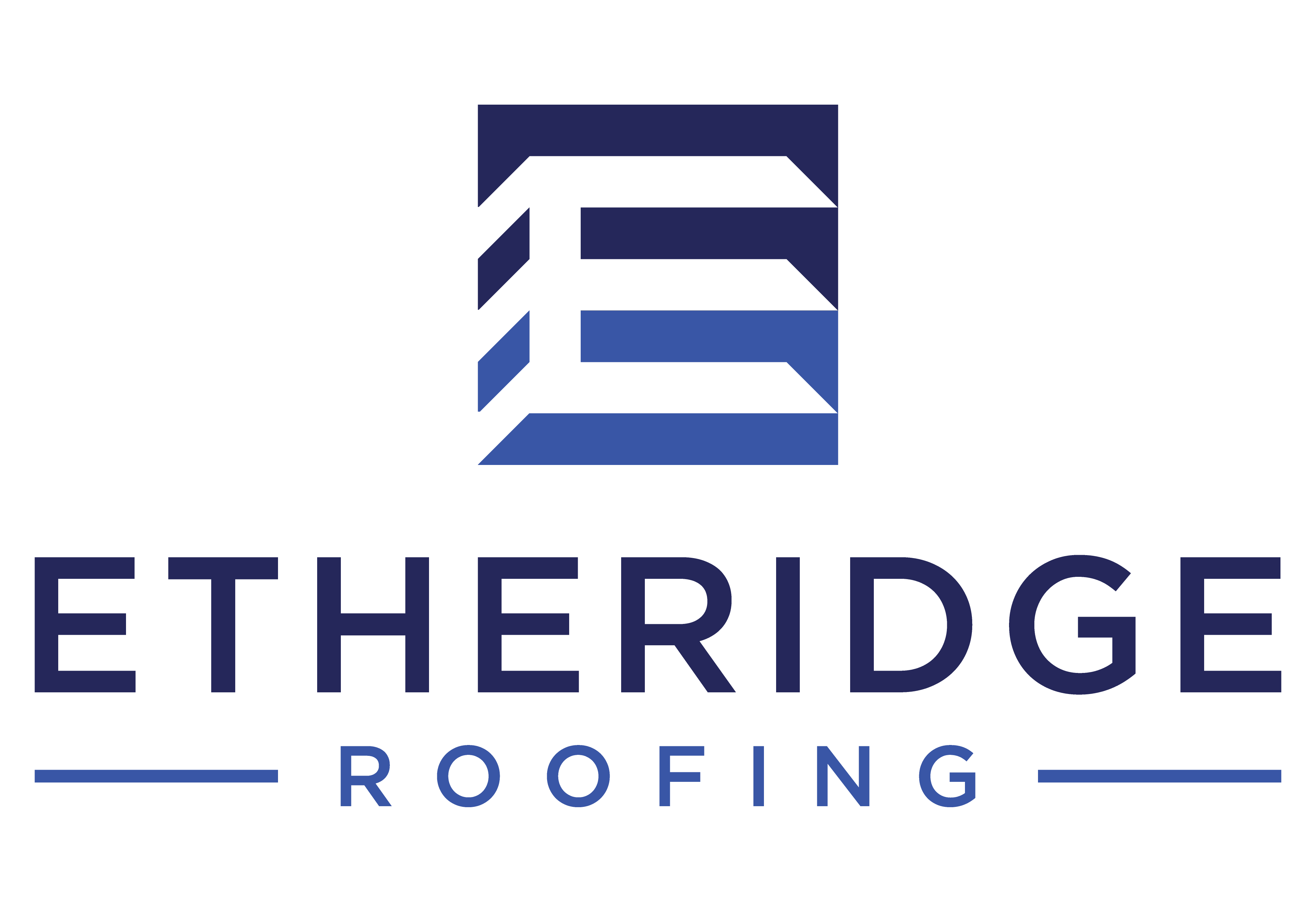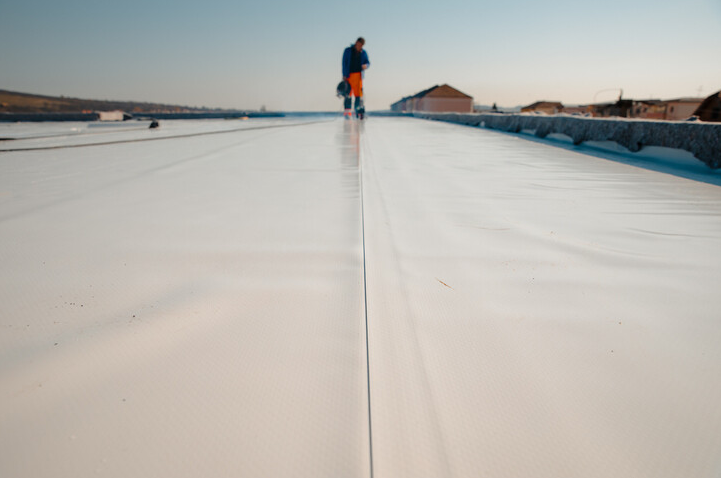Weathering the Storm: Emergency Repairs and Preparedness for Commercial Flat Roofs
Commercial flat roofing is a popular choice for many businesses due to its cost-effectiveness and durability. However, when severe weather strikes, these roofs can be vulnerable to damage. As a business owner, it is important to have a plan in place for emergency repairs and preparedness to ensure the safety and security of your commercial roofing. In this blog post, we will discuss the importance of being proactive in maintaining your commercial flat roof and provide tips on weathering the storm and minimizing potential damage.
Understanding the Vulnerabilities of Commercial Flat Roofs

One of the main vulnerabilities of commercial flat roofs is their lack of slope. Unlike sloped roofs, flat roofs have a minimal pitch, which makes them more susceptible to water pooling. When heavy rain or snowfall occurs, the water can accumulate on the roof surface, leading to potential leaks, water damage, and even structural issues.
Another vulnerability is the membrane used in flat roof construction. Most commercial flat roofs are made with single-ply membranes such as EPDM, PVC, or TPO. While these membranes are designed to be durable, they can still be damaged by extreme weather events like hail or high winds. Over time, exposure to the elements can also cause the membranes to deteriorate, leading to leaks and other problems.
Additionally, commercial flat roofs are prone to issues such as thermal expansion and contraction. This can occur as a result of temperature fluctuations, causing the roof materials to expand during hot weather and contract during cold weather. These constant changes in size and shape can put stress on the roof, leading to cracks, seams opening, and ultimately, water infiltration.
Understanding these vulnerabilities is crucial for businesses to develop an effective plan for emergency repairs and preparedness. By being proactive in maintaining and addressing these vulnerabilities, businesses can minimize potential damage to their commercial flat roofs and ensure the safety and security of their facilities.
Preparing Your Commercial Flat Roof for Severe Weather Conditions
As a business owner, it is crucial to be prepared for severe weather conditions that can pose a threat to your commercial flat roof. By taking proactive measures, you can minimize potential damage and ensure the longevity of your roof. Here are some tips for preparing your commercial flat roof for severe weather:
1. Regular inspections: Schedule routine inspections to identify any existing or potential issues with your roof. Look for signs of wear and tear, such as loose or damaged roofing materials, cracked seams, or clogged drains. Addressing these issues before severe weather strikes can help prevent further damage.
2. Clear debris: Keep your roof clear of any debris that can clog drains and cause water pooling. Regularly remove leaves, branches, and other debris to ensure proper water drainage.
3. Reinforce vulnerable areas: Identify vulnerable areas of your roof, such as seams, flashings, or areas with previous leaks. Apply additional sealant or reinforce these areas to minimize the risk of water infiltration.
4. Trim surrounding trees: Overhanging branches can cause damage to your roof during strong winds or storms. Trim any trees that are in close proximity to your building to prevent them from falling onto your roof.
5. Install additional protection: Consider installing wind-resistant features such as edge metal, wind uplift straps, or hurricane clips to strengthen your roof's resistance against strong winds.
By following these tips, you can prepare your commercial flat roof for severe weather conditions and minimize the potential for damage. Remember, prevention is key when it comes to protecting your investment.
Immediate Emergency Repair Techniques for Flat Roofs

When severe weather strikes, it is essential to have immediate emergency repair techniques in place to minimize further damage to your commercial flat roof. These techniques can help you address the issues promptly and prevent any potential water infiltration or structural problems.
1. Temporary patching: If you notice a leak or damaged area on your flat roof, applying a temporary patch can provide a quick fix until more extensive repairs can be made. Use roofing cement or a specialized patching material to seal the area and prevent further water intrusion.
2. Clearing standing water: If heavy rain has caused water pooling on your flat roof, it is crucial to remove the standing water as soon as possible. Use a broom or a squeegee to push the water towards the drains or gutters. Standing water can lead to leaks, so addressing this issue promptly is essential.
3. Securing loose materials: Strong winds can loosen or dislodge roofing materials, such as shingles or membrane seams. If you notice any loose materials, secure them using roofing nails or adhesive to prevent further damage during the storm.
4. Tarping the roof: If significant damage has occurred to your flat roof, tarping can be an effective temporary solution until repairs can be made. Use a heavy-duty tarp to cover the damaged area, ensuring that it is securely fastened to prevent water infiltration.
5. Document the damage: It is crucial to document any damage to your flat roof for insurance purposes. Take clear photographs and detailed notes of the areas affected to support your insurance claim.
Remember, immediate emergency repair techniques should only be temporary solutions. It is essential to contact a professional roofing contractor as soon as possible to assess the damage and make permanent repairs. Taking swift action during an emergency can save you time, money, and prevent further damage to your commercial flat roof.
Long-term Maintenance Strategies to Enhance Roof Durability
1. Regular inspections and maintenance: Schedule annual or bi-annual inspections by a professional roofing contractor to identify any issues or potential problems. This proactive approach allows for early detection of any wear and tear, ensuring prompt repairs and preventing major issues down the line.
2. Cleanliness is key: Regularly clean your flat roof to remove debris, leaves, or other materials that can clog drains or cause water pooling. This helps maintain proper water drainage, preventing potential damage.
3. Addressing minor issues promptly: Don't wait for small problems to become big headaches. Address minor issues such as loose flashing, cracked seams, or small leaks immediately to prevent them from worsening over time.
4. Proper insulation and ventilation: Ensure your commercial flat roof is properly insulated and ventilated. Adequate insulation helps regulate temperature, preventing excessive thermal expansion or contraction. Proper ventilation prevents moisture buildup, reducing the risk of mold growth or other damage.
5. Regular roof coating or recoating: Consider applying a protective coating or recoating your commercial flat roof every few years. This helps seal any minor cracks or damage, adds an extra layer of protection against UV rays, and enhances the overall durability of the roof.
By implementing these long-term maintenance strategies, you can enhance the durability of your commercial flat roof, reduce the need for emergency repairs, and maximize the lifespan of your investment. Remember, a well-maintained roof not only protects your business but also saves you money in the long run.
Hiring Professionals: The Benefits of Experienced Commercial Roofing Contractors
When it comes to the safety and longevity of your commercial flat roof, hiring experienced professionals is essential. While you may be tempted to handle repairs or maintenance yourself, there are several benefits to enlisting the help of skilled commercial roofing contractors.
Firstly, experienced commercial roofing contractors have the knowledge and expertise to accurately assess the condition of your roof. They can identify any potential issues or vulnerabilities that may not be apparent to the untrained eye. By having a professional evaluate your roof, you can address any problems early on, preventing costly repairs or extensive damage down the line.
Additionally, commercial roofing contractors have access to specialized tools and equipment specifically designed for flat roof repairs. They are familiar with the latest industry techniques and best practices, ensuring that repairs are done efficiently and effectively.
Hiring professionals also gives you peace of mind knowing that the job is being done right. They are trained to prioritize safety and adhere to all relevant regulations and codes. By entrusting your commercial flat roof to professionals, you can be confident that the repairs or maintenance will be completed to the highest standard.
Furthermore, experienced commercial roofing contractors often have established relationships with suppliers, which can result in cost savings for you. They can source high-quality materials at competitive prices, saving you money on repairs or replacements.
Creating a Robust Roof Maintenance and Repair Plan for Facility Managers
Creating a robust roof maintenance and repair plan is essential for facility managers who want to ensure the longevity and durability of their commercial flat roofs. By implementing a proactive plan, facility managers can identify and address potential issues before they become major problems, saving both time and money in the long run.
The first step in creating a maintenance plan is to schedule regular inspections by a professional roofing contractor. These inspections should be conducted at least annually, but bi-annual inspections are even better. During these inspections, any existing or potential issues can be identified, allowing for prompt repairs and preventing more significant damage down the line.
In addition to regular inspections, facility managers should prioritize cleanliness on their flat roofs. Regularly cleaning the roof to remove debris, leaves, or other materials helps maintain proper water drainage, preventing potential damage from water pooling.
Addressing minor issues promptly is also crucial. Facility managers should not wait for small problems to become big headaches. Loose flashing, cracked seams, or small leaks should be addressed immediately to prevent them from worsening over time.
Lastly, facility managers should consider partnering with an experienced commercial roofing contractor to develop a comprehensive maintenance plan. These professionals have the knowledge, expertise, and specialized tools to accurately assess the condition of the roof and perform necessary repairs. They can also help facility managers establish a schedule for regular inspections, cleaning, and other maintenance tasks.
By following these guidelines and creating a robust maintenance plan, facility managers can ensure the safety, durability, and longevity of their commercial flat roofs. Investing in proactive maintenance now will pay off in the future, saving both time and money while protecting their facilities from potential damage.
Posts by Tag
Recent Posts
Popular Posts
Selecting the appropriate roofing system is...
If you're looking for a green roofing solution...
Your roof is one of the most important parts of...
Recent Posts
With so many options available in the world of...
Understanding the signs of wear, evaluating the...








